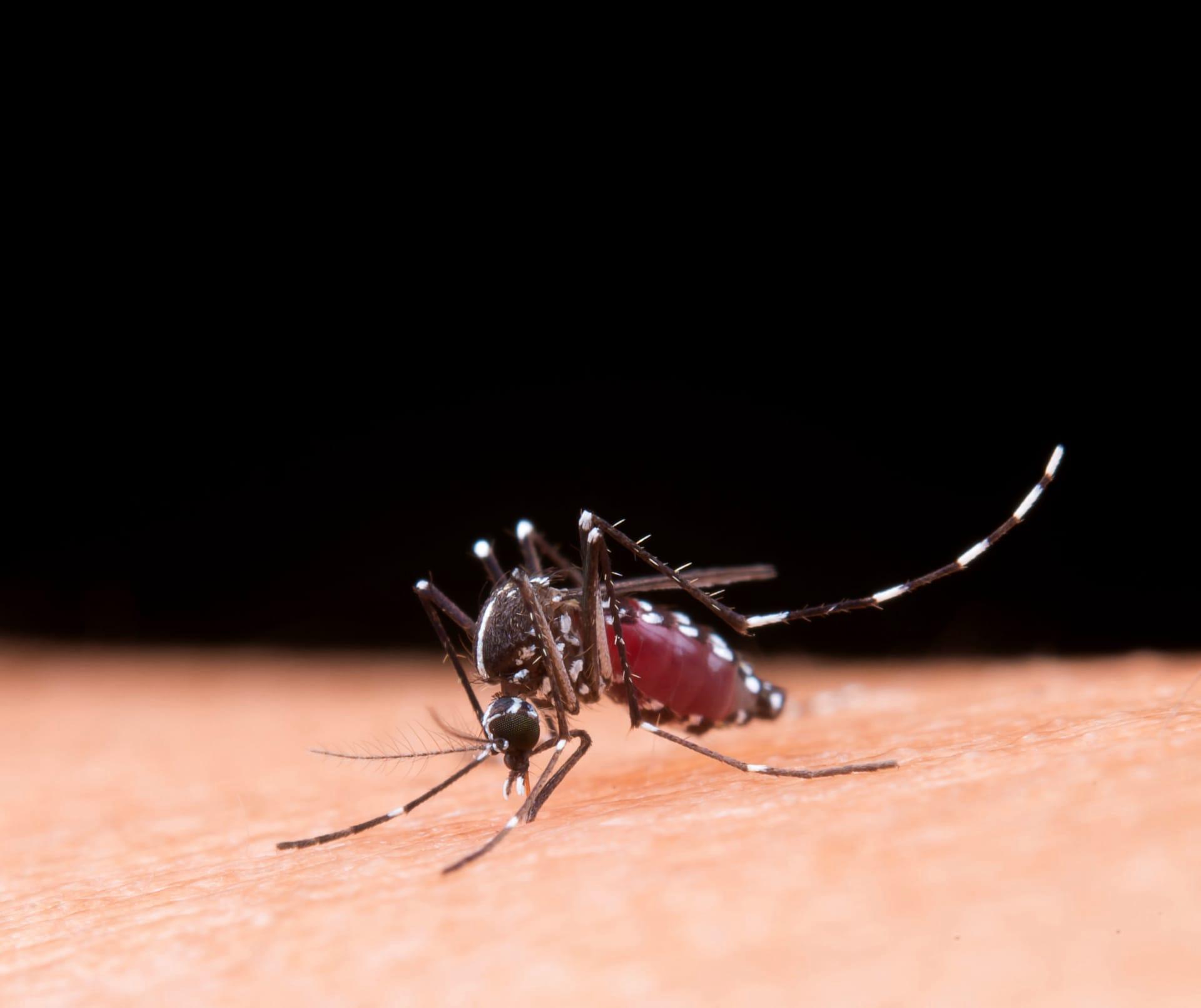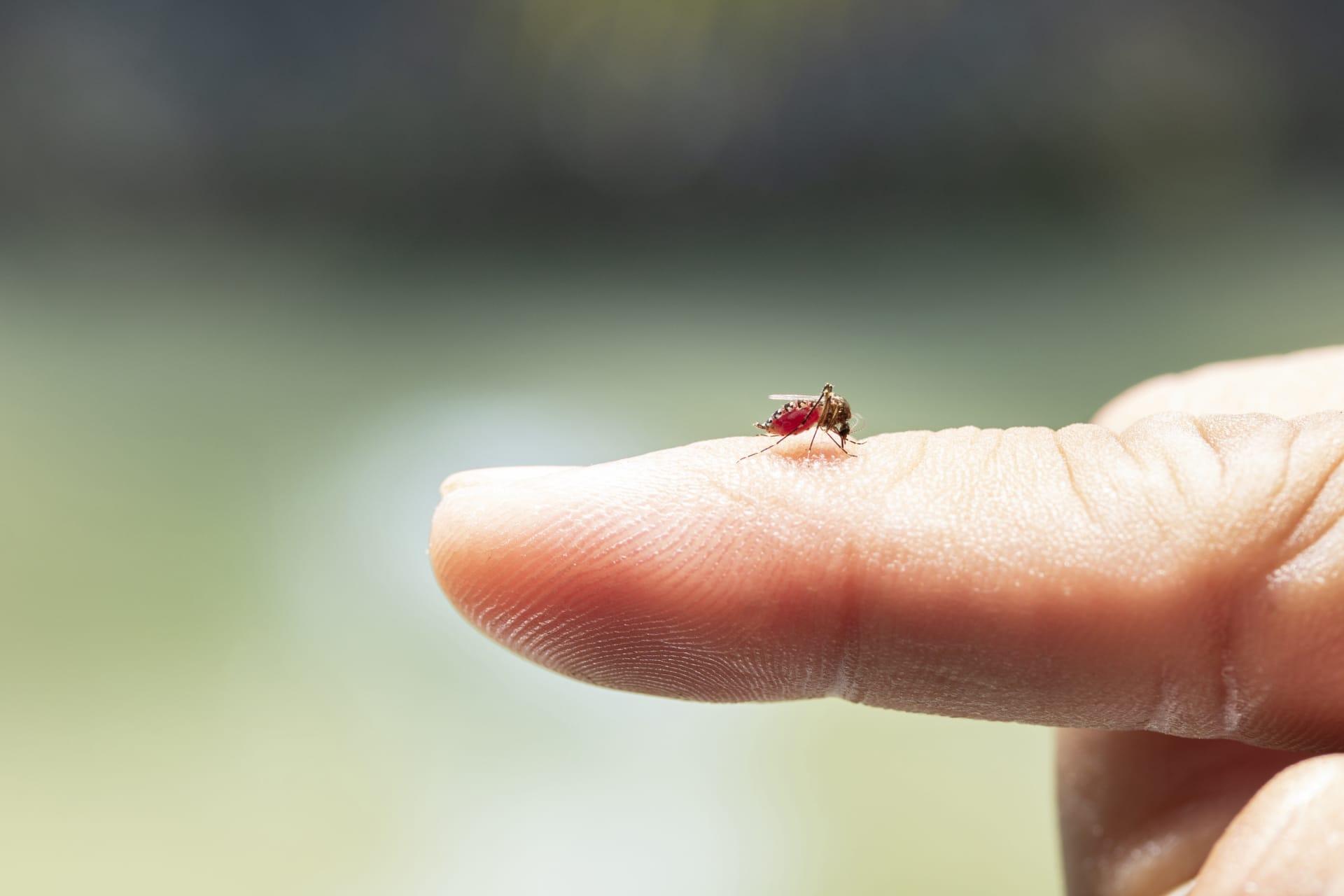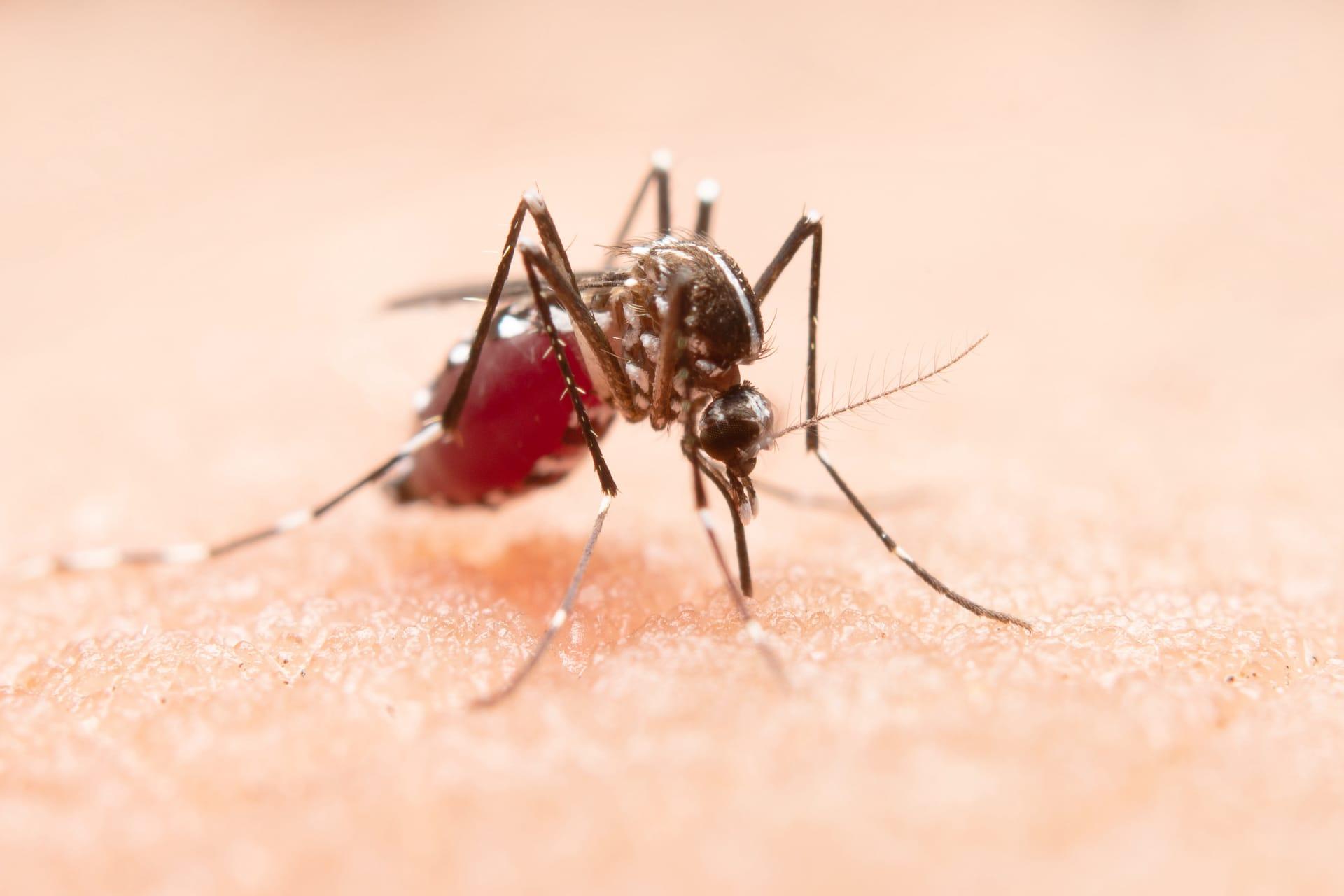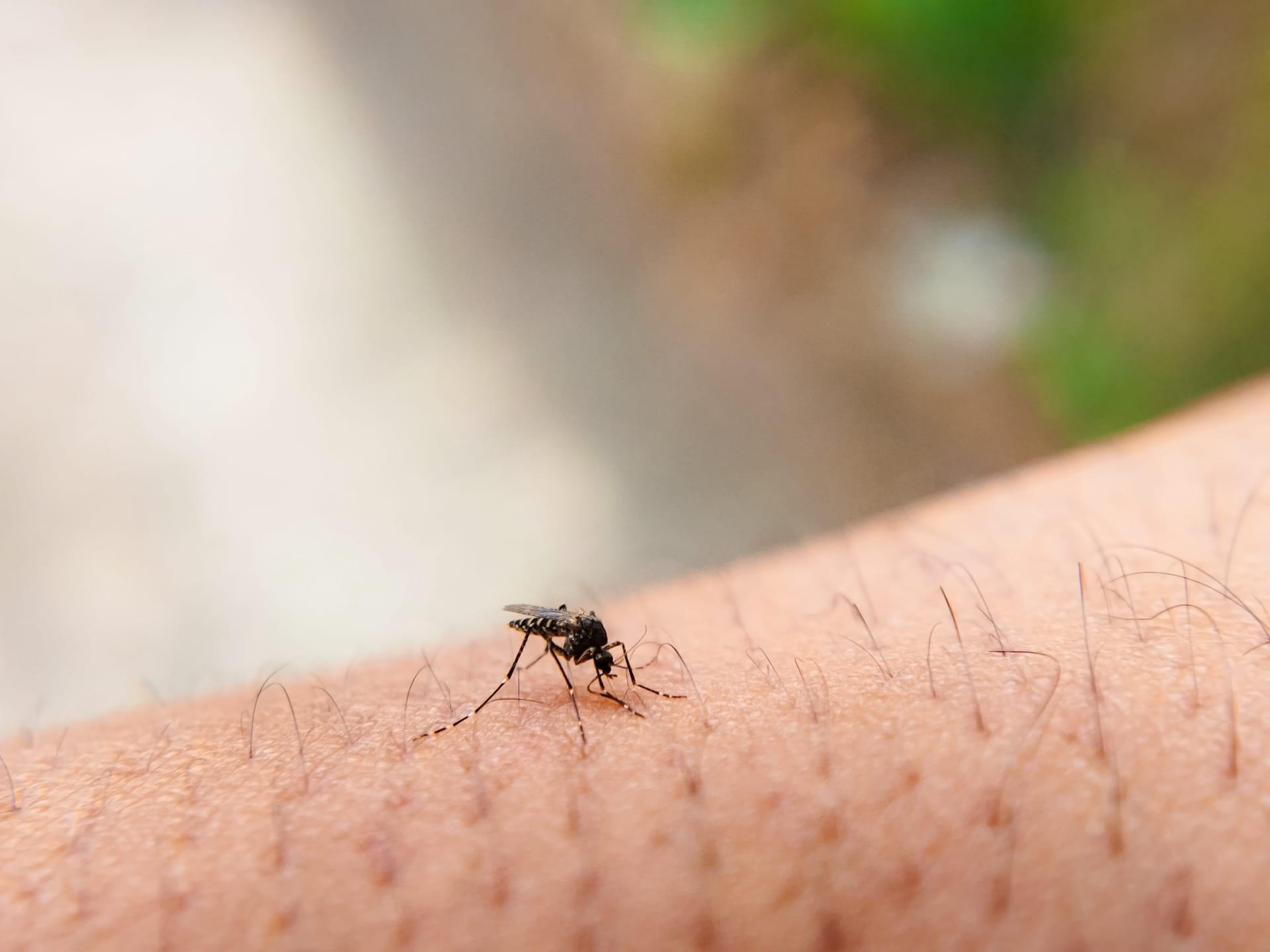Mosquito Characteristics
- Home /
- Mini Encyclopedia /
- Animal /
- Mosquito Characteristics
1
Mosquitoes, those tiny flyers we all know too well, are fascinating from a biological standpoint. They're not just your regular backyard pest; these creatures have a body size that typically ranges from 0.125 to 0.75 inches, making them almost invisible until they're right up on you. Despite their small size, they have a surprisingly robust lifespan, living up to a month or more in the wild, depending on environmental conditions. It's this delicate balance of size and longevity that makes mosquitoes both pervasive and persistent in our environment.
Now, let's zoom in on the most distinctive feature of mosquitoes - their proboscis. This is not just any ordinary snout; it's a sophisticated feeding apparatus designed for one purpose: to draw blood. The proboscis is equipped with sensors that help the mosquito locate blood vessels under the skin. This complex organ is made up of multiple parts, including the labrum, which acts as a protective sheath, and the stylets, which are razor-thin structures that pierce the skin. This setup allows mosquitoes to feed efficiently while going unnoticed, making them one of nature's most efficient parasites.

2
Question: Why do mosquito bites itch so much?
Answer: The itch from a mosquito bite isn't just a simple skin irritation. When a mosquito pierces your skin with its proboscis, it injects saliva into your bloodstream. This saliva contains anticoagulants and proteins, which prevent your blood from clotting and trigger an immune response in your body. It's this immune response that causes the swelling, redness, and that all-too-familiar itch. Essentially, your body's defense mechanism against the mosquito's saliva is what makes the bites so itchy, a small price to pay for our bodies trying to protect us from these tiny intruders.

3
Mosquitoes are not just any sluggish insect; they are equipped with wings that beat between 300 to 600 times per second, allowing them to hover and dart with precision. This rapid wingbeat is also responsible for the characteristic buzzing sound we associate with mosquitoes, a telltale sign of their presence. Their flight speed can reach up to 1.5 miles per hour, which might not break any records but is impressive for their size, enabling them to navigate efficiently in search of food or breeding grounds.
When it comes to feeding, female mosquitoes are the ones doing all the work, and they're not just after any meal; they're on a quest for blood to nurture their eggs. Using a combination of carbon dioxide, body odors, and heat, mosquitoes can hone in on their next meal from up to 50 meters away. This keen sense of detection, coupled with their silent approach, makes mosquitoes formidable hunters, capable of feeding without alerting their hosts to their presence.

4
Mosquitoes are not picky about their living conditions as long as there's stagnant water around. From swamps to puddles left after a rainfall, these environments serve as perfect breeding grounds for mosquitoes. They thrive in warm, humid climates, but have adapted to survive in various environments, including arctic regions. Their ability to breed in just a small amount of water means that almost any habitat can support their life cycle, making them a global concern.
The breeding process of mosquitoes is a well-oiled machine; a female can lay up to 300 eggs at a time, which she delicately places on the surface of stagnant water, where they will hatch into larvae in just 24 to 48 hours. These larvae, known as "wrigglers," live in the water, feeding on microorganisms until they develop into pupae, the final stage before emerging as adult mosquitoes. This rapid reproductive cycle allows mosquito populations to explode under the right conditions, highlighting the importance of water management in controlling their numbers.

5
Book: "Mosquito: The Story of Man's Deadliest Foe" – This book, authored by Andrew Spielman and Michael D'Antonio, delves into the complex relationship between humans and mosquitoes. Published in the United States in the early 2000s, it explores the history, science, and global impact of mosquitoes, emphasizing their role in spreading diseases like malaria, dengue, and Zika. The authors combine scientific research with historical anecdotes to provide a comprehensive view of how this tiny insect has shaped human history in profound ways.
Book: "The Mosquito: A Human History of Our Deadliest Predator" – Authored by Timothy C. Winegard and released in the late 2010s, this book presents a riveting account of how mosquitoes have influenced the course of human history. Through detailed research, Winegard chronicles the impact of mosquitoes on wars, empires, and civilizations across the globe. With a focus on the intersection of history, science, and public health, this book offers an insightful look into the enduring battle between humans and mosquitoes.